
Scientists Develop a Urine Test That Can Detect Pancreatic and Prostate Cancer With High Accuracy

A Drop That Could Save Your Life: How Urine Tests Are Changing the Future of Cancer Detection
What if the earliest warning signs of deadly cancer weren’t hidden deep inside your body, but were quietly leaving it every single day — literally flushed away?
It sounds almost unbelievable, yet scientists are discovering that our urine carries a wealth of clues about our health, including silent signals from some of the deadliest cancers.
For years, detecting pancreatic and prostate cancers early has been like chasing whispers in a storm — difficult, imprecise, and too often, far too late. Pancreatic cancer is a master of disguise, advancing quietly until treatment options are limited. Prostate cancer, while far more common and often treatable, has still led countless men through a maze of false alarms and invasive tests triggered by unreliable screening.
Now, researchers have unveiled a breakthrough: a urine-based cancer test that uses cutting-edge sensors and artificial intelligence to detect disease with remarkable accuracy — sometimes before a single symptom appears. And the process? As simple as a strip, a drop, and a few minutes.
Why Early Detection Still Falls Short
We already know that catching cancer early saves lives. But for pancreatic and prostate cancers, the diagnostic window is often slammed shut before anyone even realizes it’s there.
Pancreatic cancer is particularly elusive. Nestled deep in the abdomen, hidden behind other organs, tumors can grow silently for months or years. If symptoms appear, they’re usually vague: mild nausea, back pain, appetite loss, or subtle yellowing of the skin and eyes. By the time more obvious signs show up, the cancer has often spread, leaving surgery or curative treatment off the table. The result is grim — only about 12% of patients survive five years past diagnosis. Even more troubling, incidence rates are climbing, especially among younger Black women, with diagnoses increasing by over 2% annually in women under 55.
Prostate cancer poses a different challenge. It often grows so slowly that many men live with it without knowing — and without harm. The PSA (prostate-specific antigen) test, the standard screening tool, is far from perfect. PSA levels can rise for reasons unrelated to cancer, producing false positives and leading to unnecessary biopsies, anxiety, and even overtreatment of harmless tumors. The backlash has led some men to skip screening altogether.
Behind these individual cases lies a systemic problem: modern healthcare is still largely reactive, not preventive. Most diagnostic tools are expensive, require specialized facilities, or demand invasive procedures — creating barriers for millions, especially in rural or underserved communities.
Urine: An Overlooked Diagnostic Goldmine

Unlike blood, which requires careful collection and tends to maintain a narrow chemical balance, urine is easy to collect, noninvasive, and rich with diagnostic data. Researchers call it a “biofluid goldmine” — a constantly updated health report that reflects what the body is processing and excreting in real time.
When cancer develops, it disrupts normal cell function, producing byproducts and molecular “fingerprints” that differ from healthy cells. These unique markers — proteins, metabolites, microRNAs — can be detected in urine, if we have the right tools.
Until recently, identifying these subtle patterns was costly and slow, relying on complex lab equipment like mass spectrometry. But with advances in nanotechnology and optical sensing, the faintest molecular vibrations can now be amplified into clear, measurable signals.
How the Breakthrough Works

Scientists at the Korea Institute of Materials Science developed a test using a method called Surface-Enhanced Raman Scattering (SERS). Imagine molecules giving off tiny “sound waves” of vibration. SERS amplifies these vibrations using nanostructured metal surfaces — in this case, gold grown into microscopic, coral-like formations on a paper strip. These structures act like molecular antennas, concentrating even the faintest cancer-related signals in urine.
A single drop of urine on the strip produces a rich molecular fingerprint. The data is then analyzed by deep learning algorithms — powerful AI models like recurrent neural networks (RNNs) and convolutional neural networks (CNNs) — trained to distinguish healthy patterns from those of pancreatic and prostate cancers.
In clinical trials with 19 pancreatic cancer patients, 39 prostate cancer patients, and 60 healthy volunteers, the test achieved up to 99% accuracy. A related microRNA-based version for early pancreatic cancer reached 97% sensitivity, far exceeding the performance of traditional markers like CA19-9.
The test kit includes both the paper strip and a portable handheld reader — no lab equipment, dyes, or chemicals required.
Meanwhile, global research teams are expanding the concept. One large-scale study analyzing nearly 2,000 urine samples identified protein biomarkers that not only detect prostate cancer but also assess its severity — something PSA tests cannot reliably do.
Why This Matters for Everyone

Picture this: checking for some of the deadliest cancers could be as simple as brushing your teeth. No appointments. No needles. No waiting for symptoms to emerge. Just a quick at-home test with near-instant results.
That vision is moving rapidly toward reality. The Korean team has already built a prototype, and lead researcher Dr. Ho Sang Jung envisions pharmacy-ready kits available worldwide.
For people in rural or underserved areas, this could be transformative. Instead of relying on expensive scans or specialist visits, anyone could screen themselves regularly — catching disease early, when it’s most treatable.
The potential savings in both lives and resources are immense: fewer unnecessary prostate biopsies, faster interventions for pancreatic cancer, and dramatically reduced treatment costs by shifting from late-stage care to early prevention.
From Hospitals to Homes: The Future of Preventive Healthcare

This innovation is part of a growing shift toward personalized, at-home health monitoring. AI-powered apps can already detect skin cancer from smartphone photos, wearable devices can track heart rhythms, and voice-analysis tools are being tested to detect early signs of neurological diseases.
In this future, the bathroom, not the hospital, may be the first line of defense. A countertop device could scan your urine, analyze your breath, and check your skin — all before you leave for work.
But technology alone isn’t enough. These tools must be affordable, accessible, and accompanied by public education campaigns to encourage routine use. The real revolution comes when early detection becomes as normal — and as habitual — as brushing your teeth.
Listening Before the Body Shouts
The most powerful part of this breakthrough isn’t just its accuracy or simplicity — it’s the shift in mindset it represents: from waiting for illness to acting before it takes hold.
A single drop of urine might soon reveal what’s wrong long before your body feels it. The only question is whether we’re ready to listen.
In the words of Dr. Domenech Asbun, a pancreatic and liver surgeon at Miami Cancer Institute, this is “a step forward in diagnosing hidden cancers before it’s too late.” And for diseases like pancreatic cancer, where timing is everything, those extra months or even weeks can be the difference between life and loss.
If the future of healthcare is about empowerment, prevention, and personal responsibility, then innovations like this aren’t just medical breakthroughs — they’re lifelines. And they’re reminding us that sometimes, the answers we’ve been searching for have been right there all along, quietly passing through our hands.
News in the same category


7 Signs That Your Partner Isn’t In Love And Is Just Settling For You
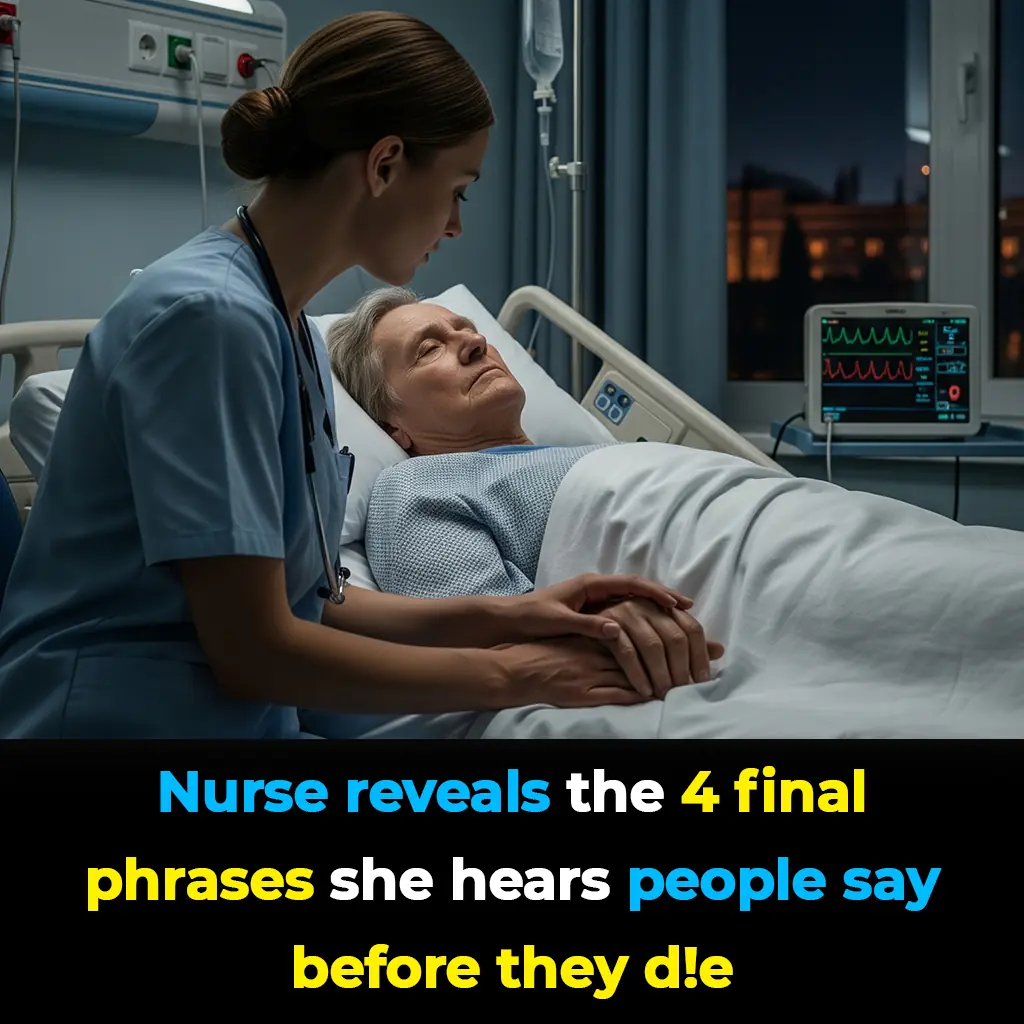
Nurse reveals the 4 final phrases she hears people say before they die
A veteran hospice nurse has shared the deeply moving — and sometimes surprising — last phrases she’s heard from patients in their final moments. Her insights reveal that real-life goodbyes are far from the dramatic Hollywood scenes we’ve come to e

Never store your cooked rice without knowing this
Leftover rice may seem harmless, but if stored the wrong way, it can quickly become a breeding ground for dangerous bacteria. Experts warn that this common mistake, known as “fried rice syndrome,” can cause serious foodborne illness within hours.

The Ultimate Guide to Cloves: Benefits, Uses, and How They Work
Cloves aren’t just a fragrant kitchen spice — they’re a centuries-old natural remedy packed with healing power. From boosting immunity to easing pain, these tiny buds hold surprising benefits you can easily tap into at home.

Many People Still Think That These 2 Buttons Are Just For Flushing
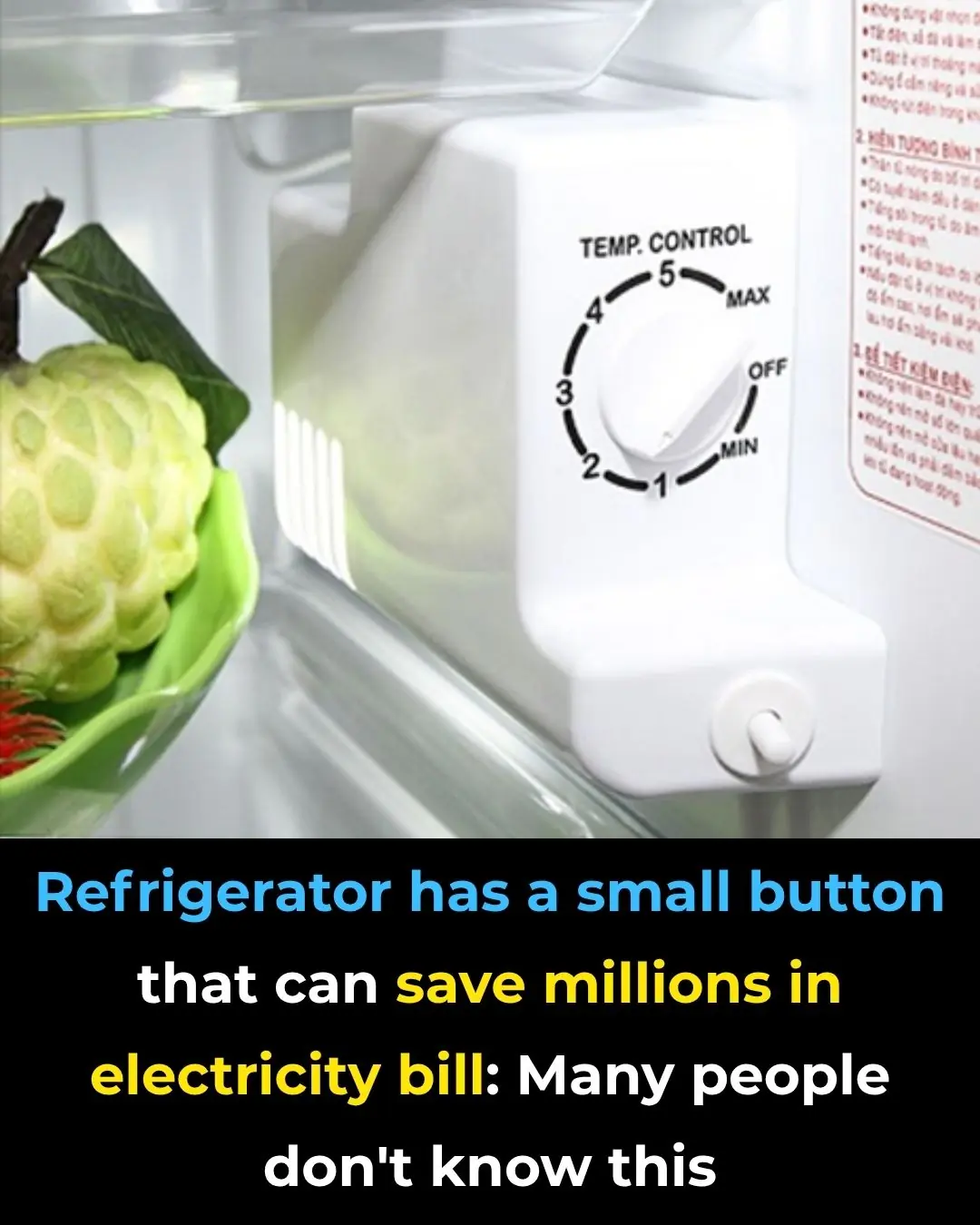
One Button, Big Savings: Cut Energy Costs with Every Wash

10 Types of Toxic Friends to Avoid

Index Finger Length: Personality and Fortune

Underwater City Near 'Noah's Ark' Discovery Might Change The Bible Story We Thought We Knew

Reason Mark Zuckerberg Just Spent $15,000,000,000 to Hire This 28-Year-Old ‘College Drop Out’ for Meta

Cut a lemon in four and keep it in your bedroom overnight – the reason is brilliant
This lemon trick is a small change that makes a big difference.

Italy just upgraded dogs to cabin class. No more cargo holds for dogs!

11 Heartbreaking Signs Your Dog Is Nearing the End—And How To Give Them The Love They Deserve

15 Things That Might Hint at Her Romantic Past

Depressing find at the bottom of the Mariana Trench is a warning to the world
The Mariana Trench, Earth’s deepest ocean abyss, was once thought to be untouched by human hands. But the discovery of a single plastic bag in its darkest depths has become a chilling symbol of how far our pollution has reached.

Unveiling Personality Secrets: What’s the First Color You See?

If you see square waves forming in the ocean, get out of the water immediately
The mesmerizing chessboard-like patterns on the ocean’s surface may seem harmless, but they’re hiding a dangerous secret. Scientists warn that these rare formations, known as square waves, can turn the sea into a deadly hazard in seconds.

The flowers you love the most uncover hidden aspects of your personality
Flowers don’t just brighten our surroundings — they can also serve as a fascinating mirror to our inner world. From the joyful daisy to the mysterious violet, your favorite bloom could reveal your emotional depth, values, and the way you connect with
News Post
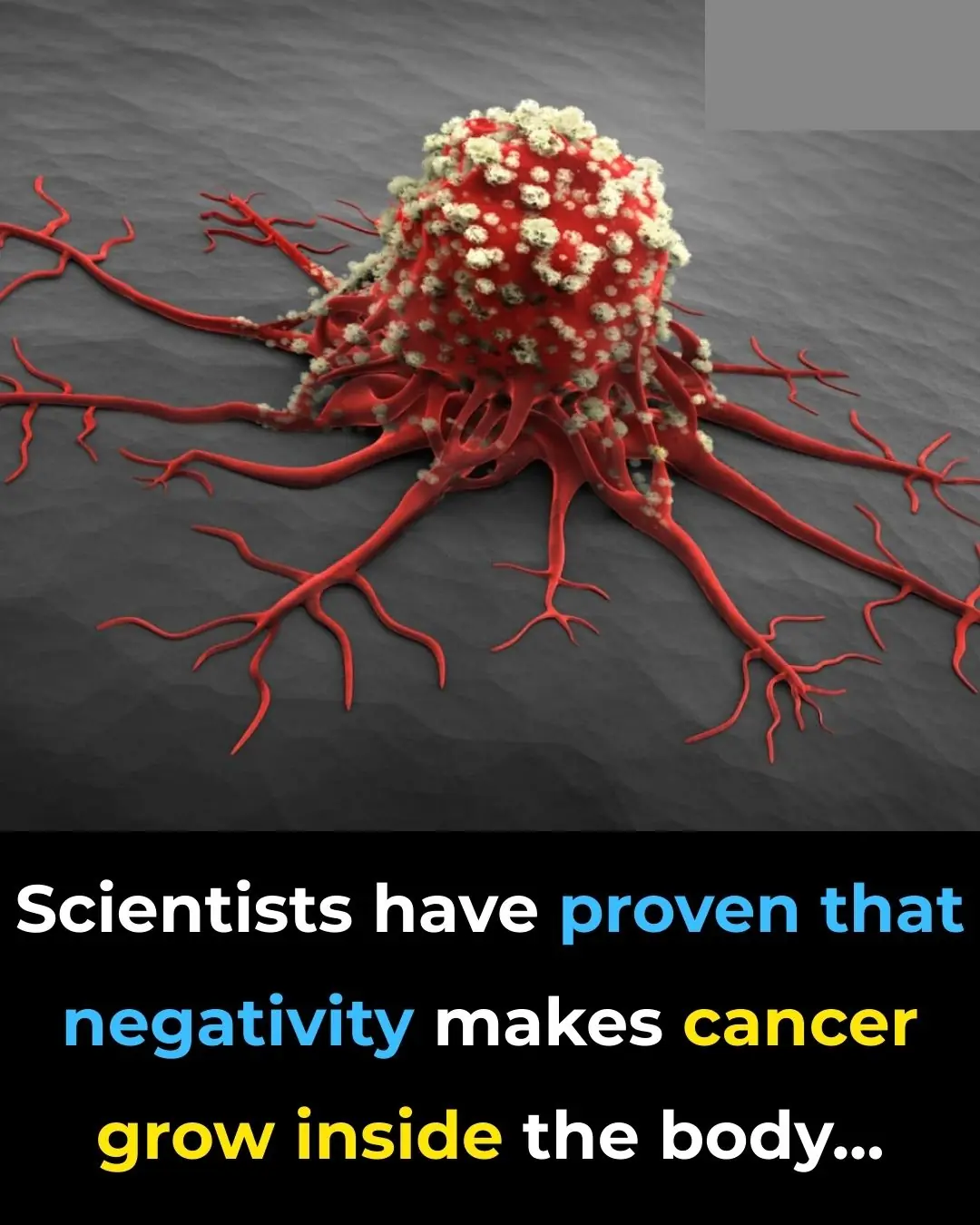
Scientists Have Proven That Negativity Makes Cancer Grow Inside The Body

17 Worst Foods for Diabetics

Fenugreek Oil for Hair Growth: Unlock Thicker, Healthier Hair Naturally

How to Naturally Dye Your Gray Hair with Onion Peels: Simple and Effective Home Remedy
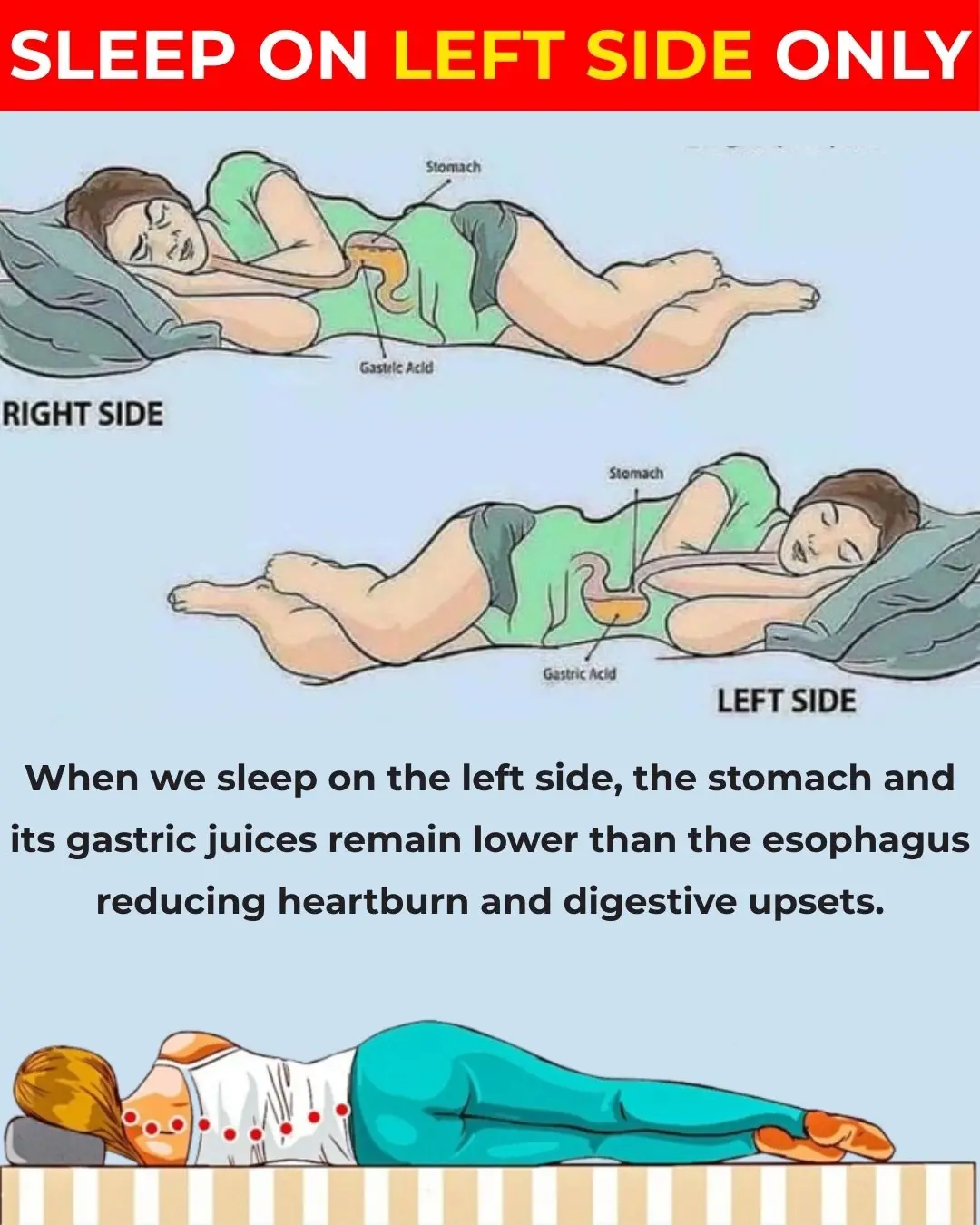
Why You Should Always Sleep on the Left Side of the Bed: 8 Health Benefits Backed by Science

How to Naturally Dye Your Gray Hair with Onion Peels—No Surprises, Just Beautiful Results

How to Use Onions to Heal Cracked Heels at Home

Carrot, Beetroot, and Apple Juice: A Nutrient-Packed Blend with Potential Health Benefits

Home Remedies to Get Rid Of Ingrown Toenails (Onychocryptosis)

Molasses 101: Types, Proven Benefits, Uses and More

People finally track down real-life location of viral truck stop that's impossible to visit

Trump slams Nobel Prize-winning economist as ‘deranged bum’ after brutal takedown of his tariff plan

How & Why You Need to Freeze Lemons (Detailed Instructions)

Man Convicted After Traveling on 120 Flights for Free by Posing as a Flight Attendant
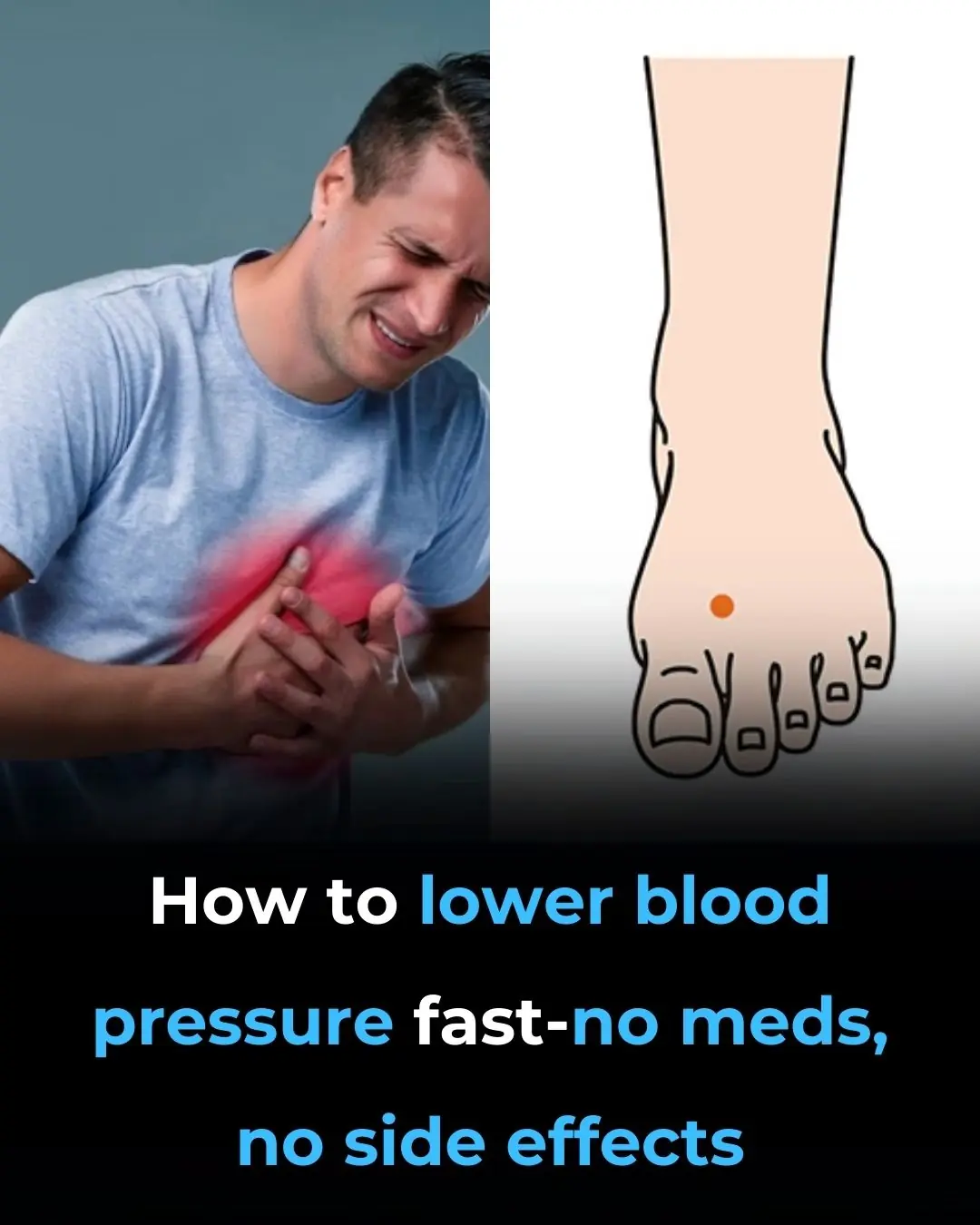
How to Lower High Blood Pressure Quickly Without Medications (Evidence Based)

Remove dark circles in 1 week

10 Signs You’re Living With Clogged Arteries
Clogged arteries often develop quietly, showing subtle symptoms that are easy to dismiss until it’s too late. Learning to recognize these early warning signs can give you the chance to take action before serious complications like heart attack or stroke

Woman is diagnosed with cancer — believes a popular sandwich is to blame
When investigative journalist Lucie Morris-Marr was told she had stage-four bowel cancer, she was at the peak of her personal and professional life. Now, she’s speaking out about a hidden dietary danger she believes more people need to take seriously
